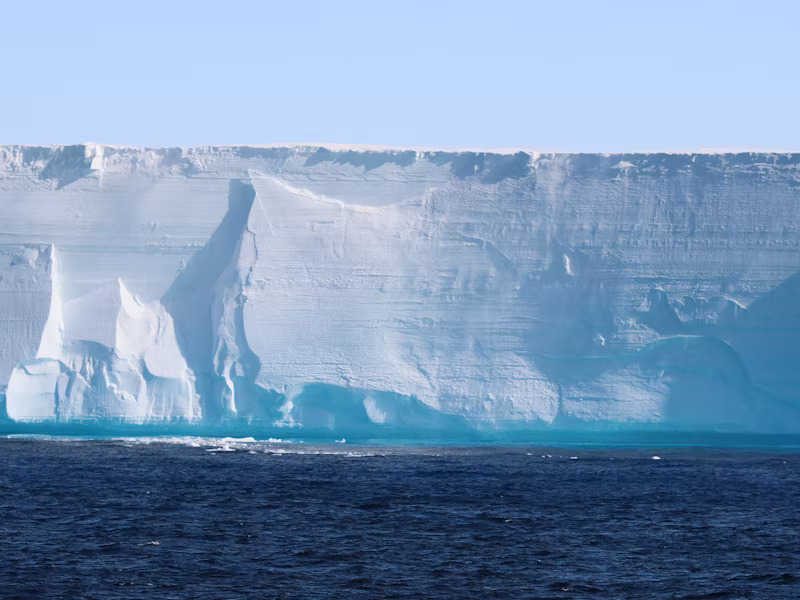Recent research using an underwater drone has revealed the hidden underside of an Antarctic ice shelf, revealing a dramatic and previously unknown landscape. According to The New York Times, the drone’s mapping of the ice shelf’s underside exposed a series of deep crevices, sculptural terraces, and broad indentations carved into the ice. This imagery provides crucial insights into how the Antarctic ice is being affected by global warming.
The detailed images, published in *Science Advances*, are part of a new study aimed at assessing the rate at which Antarctic ice is melting. The findings indicate that the ice shelves are shaped by strong ocean waves, which are significantly altering the ice’s structure. This revelation challenges previous assumptions about how these waves interact with the ice.

Anna Wahlin, an oceanographer from the University of Gothenburg and the study’s lead author expressed amazement at the unexpected features discovered. The images depicted an icy terrain that seemed to have been sculpted by powerful oceanic forces, a discovery that was both surprising and enlightening for the scientific community.
The study utilized a 20-foot-long underwater drone named Ran, which employed sonar to capture images of the ice shelf’s hidden underside. These images have altered scientists’ understanding of the impact of ocean waves on the ice shelf, showing that instead of smoothing the ice, the waves are creating a more rugged and dynamic landscape.
The new data is essential for predicting future sea level rise caused by global warming, as noted by study contributor David Holland. Understanding these processes can help in developing strategies to protect vulnerable cities and neighborhoods from the effects of rising sea levels. The hope is that this new knowledge will prompt a more informed and proactive approach to addressing climate change and its impacts.

